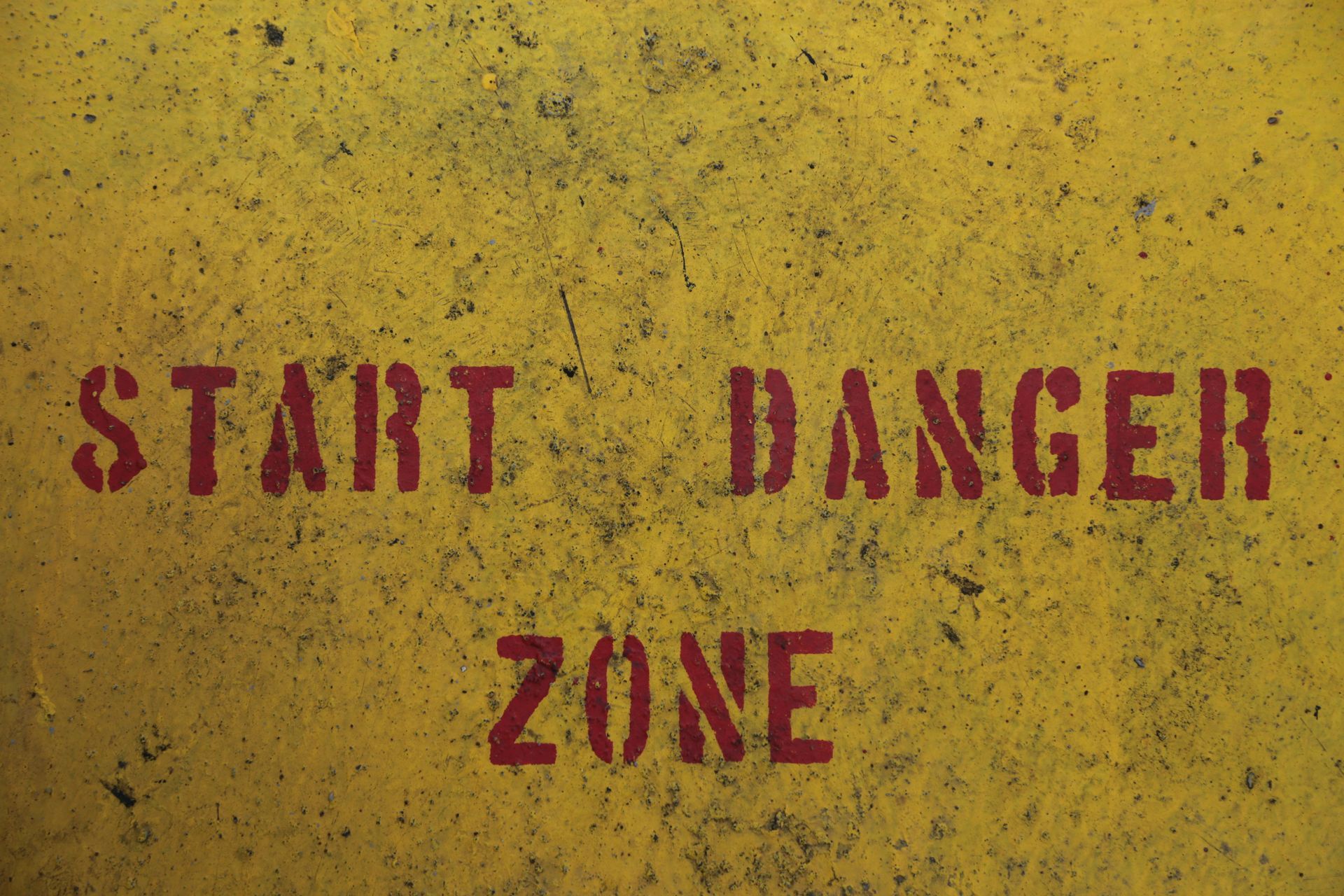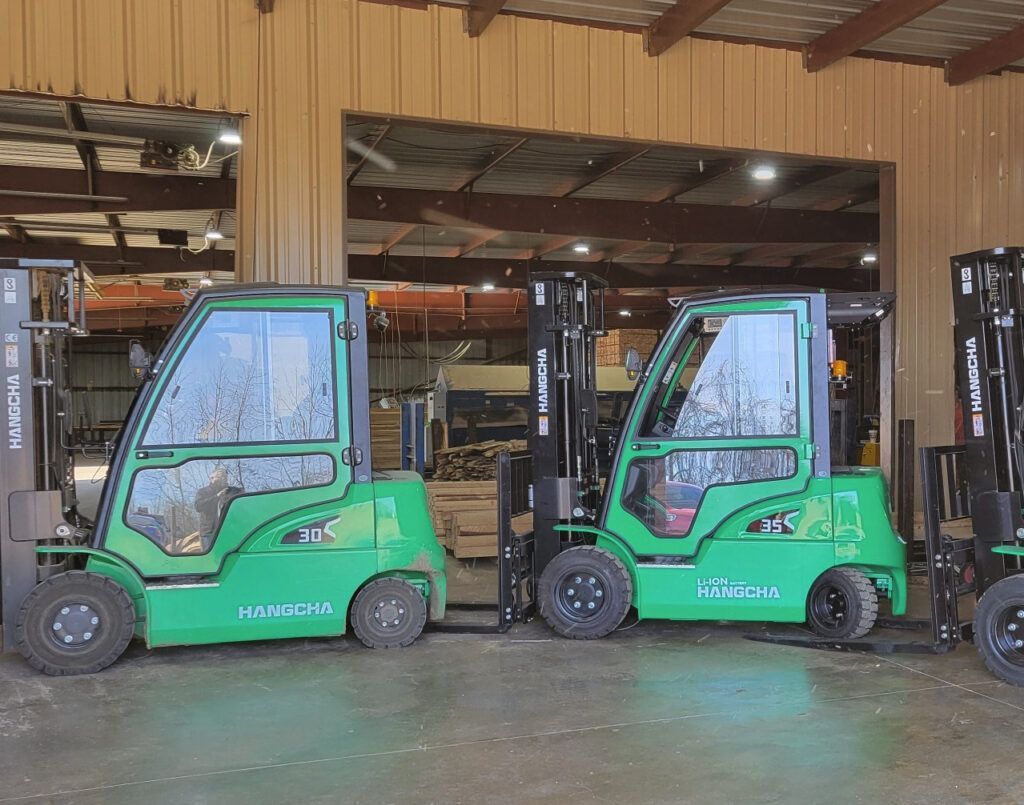Achieving Proper Weight Distribution
Achieving Proper Weight Distribution
Achieving Proper Weight Distribution. When you walk through your warehouse, are you filled with confidence, or with dread? If you’ve planned and designed your warehouse shelving properly, you can be confident that you’re maximizing every square inch and cubic foot available to you. But if your racking and shelves have been kludged together, they may be sagging under the weight of your product — literally. Getting weight distribution right will help you prevent injuries and lost product, and will even save you money over the long term. Here’s how to get started.
Plan Properly
Purchasing and laying out warehouse shelving requires careful planning. You’ll need to consider the size, weight, and volume of your products at a bare minimum. However, you should also give thought to product flow, keeping higher-priority products most accessible. You should also think ahead since changes in seasonal demand or future business growth may require a higher degree of flexibility and may draw on different design considerations.
Don’t Neglect the Floor
Another common mistake: forgetting to check a floor’s load-bearing capacity, accounting for both live loads and dead loads. You may have chosen perfect shelving for your needs, but if your floor isn’t up to the task, you stand to cause damage. This is especially true in multi-floor structures. Check before you buy and build!
Be Particular About Placement
Even weight distribution prevents wear and possible collapse. It’s not always possible to weigh out each individual item, but as a rule of thumb, lighter items should be stocked toward the middle, keeping larger items toward or directly over brackets. Too much weight toward the center can lead to shelves beginning to bow.
Don’t be Afraid to Over-engineer
Shelving is engineered to handle specific weights. You ignore these guidelines at your peril. If you need a higher degree of flexibility, it’s often worthwhile to spend more for heavier-duty capacity rather than buying racking or shelving that may not bear up to higher loads. We’ve never heard a client complain that their shelves were too durable, but we’ve seen accidents (and worse) when warehouse owners put more demands on their shelves than they were designed to handle.
Quality is Worthwhile
The old adage that you get what you pay for is highly apt here. Spending less in the short term can actually cost you more in the long run, since cheap hardware is more likely to let you down. You don’t want the only thing standing between your product and a cold cement floor to be a cheap part that’s more prone to failure.
Don’t Ignore the Fundamentals
Pay close attention to the types of shelving you’re using, since structures that use upright frames with fewer beam levels generally won’t hold up as well under heavy loads. And if you’re using shelving with wood — whether the supports or the shelving itself — avoid particleboard, and monitor your humidity. Solid wood or plywood lasts longer but can be prone to premature wear or failure in warehouses that have higher humidity.
Maintain and Repair
Your warehouse storage should last for many years — provided, of course, you use and maintain it properly. You should be conducting visual inspections of key components (not just the shelving, but also items like studs, brackets, and anchors) on a regular basis, replacing parts as needed. Better to conduct smaller repairs and replacements on an ongoing basis rather than dealing with major repairs (or injuries, or lost merchandise) due to neglect.
Running a warehouse isn’t for the faint of heart. You know you need strong planning and organization skills, an eye for employee safety, and a good grasp of logistics. You know that your whole system is only as strong as its weakest link. And you can’t help but wonder whether your shelving is that weak link. The wrong warehouse shelving — or shelving that hasn’t evolved with your business — can undercut the rest of your efforts. If you’re trying to get a handle on an existing warehouse or designing a new one from the ground up, reach out to your nearest Benco Industrial Equipment location (in St. Charles, West Plains, and Cape Girardeau MO) for help getting it right.
The post Achieving Proper Weight Distribution appeared first on Benco Industrial Equipment.




